Introduction to Turtle Swim Patterns
Curious about how turtles glide effortlessly through the water? You’re in for a treat as we dive into the amazing world of turtle swim patterns! In this article, we’ll discover how different types of turtles have unique ways of swimming and navigating in their watery homes.
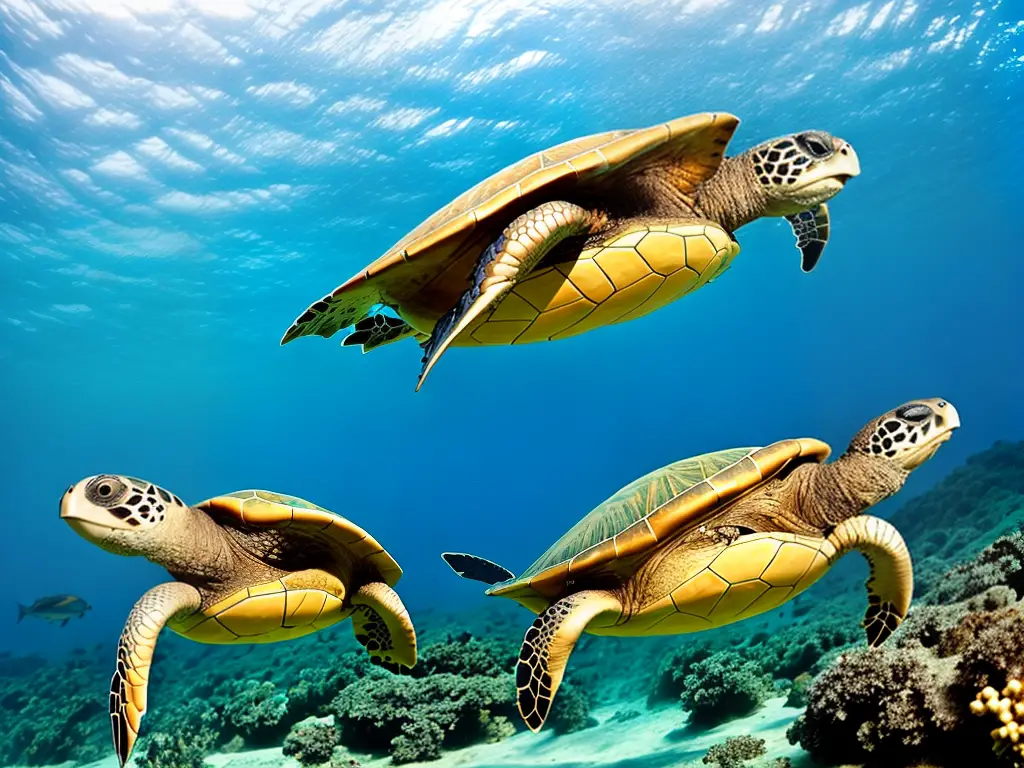
Understanding the Turtle Body
Before we explore the fascinating swim patterns of turtles, let’s first understand their bodies. Turtles have a hard shell called the ‘carapace’ that protects their organs, and a lower shell called the ‘plastron’ that covers their bellies. Their bodies are also equipped with strong, paddle-like limbs that help them swim efficiently, along with a powerful tail that can act as a rudder to steer through the water.
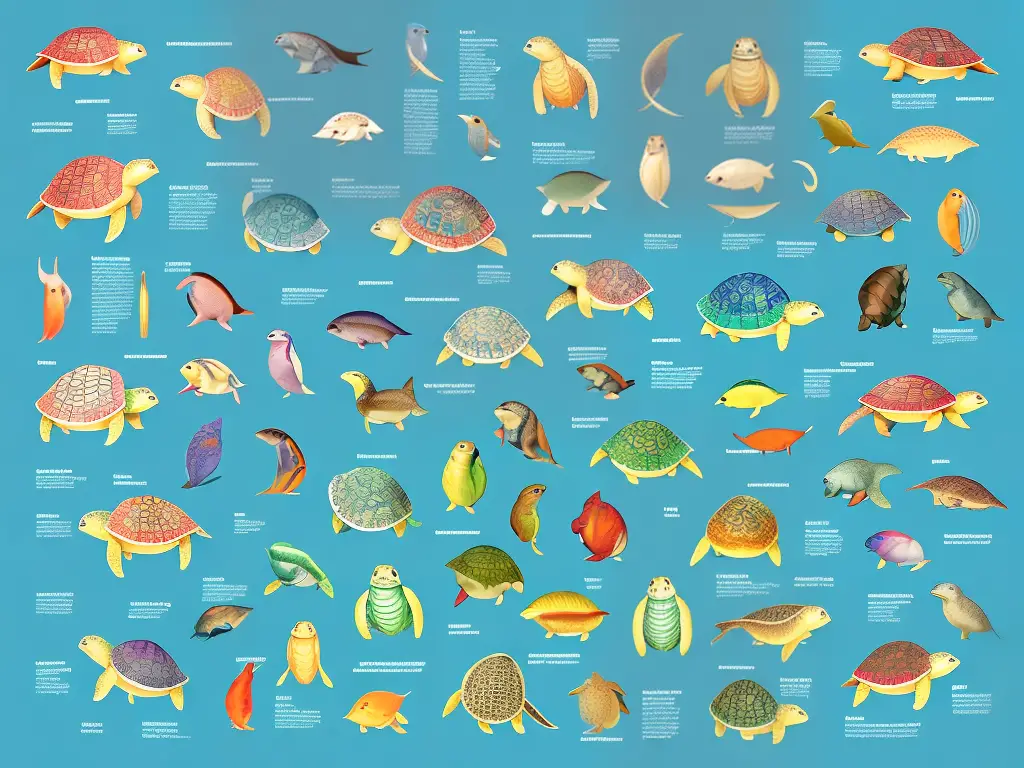
Sea Turtles: The Ocean Navigators
Sea turtles are excellent swimmers and can be found traversing the vast oceans. They have large, flat flippers that act like paddles, using the front pair to propel themselves forward while the rear pair helps them maneuver in different directions. Some sea turtles, like the leatherback, can reach speeds of up to 22 miles per hour (35 kilometers per hour)!
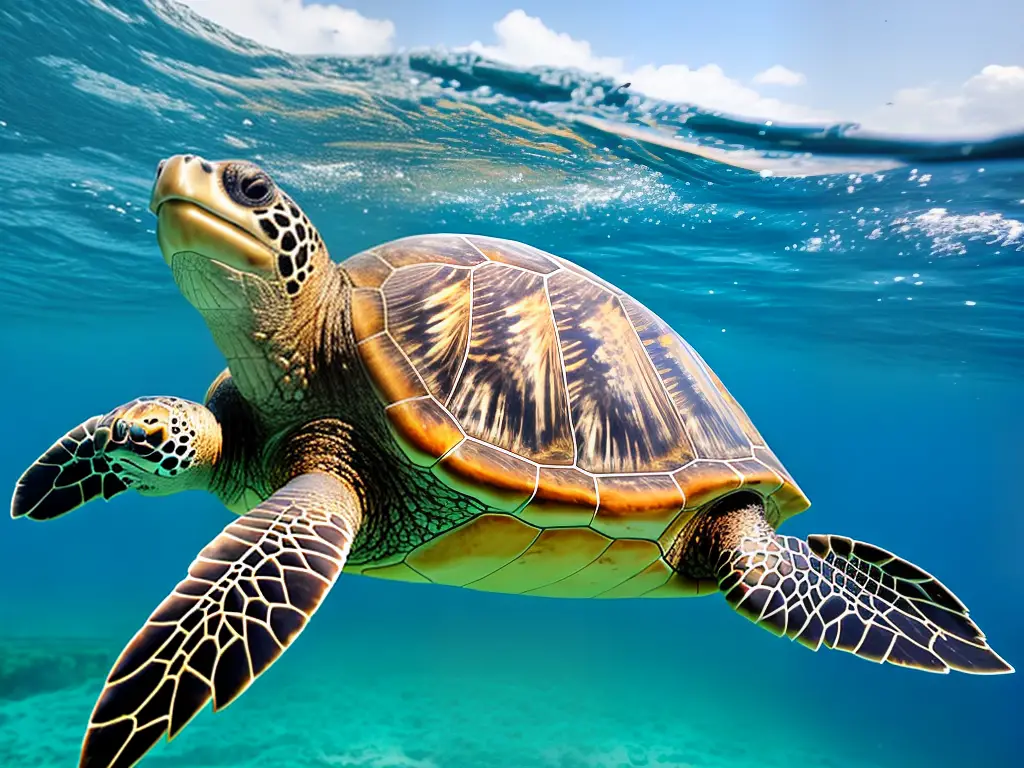
Freshwater Turtles: The River Dwellers
Freshwater turtles, commonly found in rivers, lakes, and ponds, have different swim patterns compared to their sea turtle cousins. They use their webbed feet to paddle through the water, with their front limbs doing most of the work while the hind limbs provide balance and stability. Freshwater turtles such as the painted turtle are keen swimmers that can adapt to various water conditions.
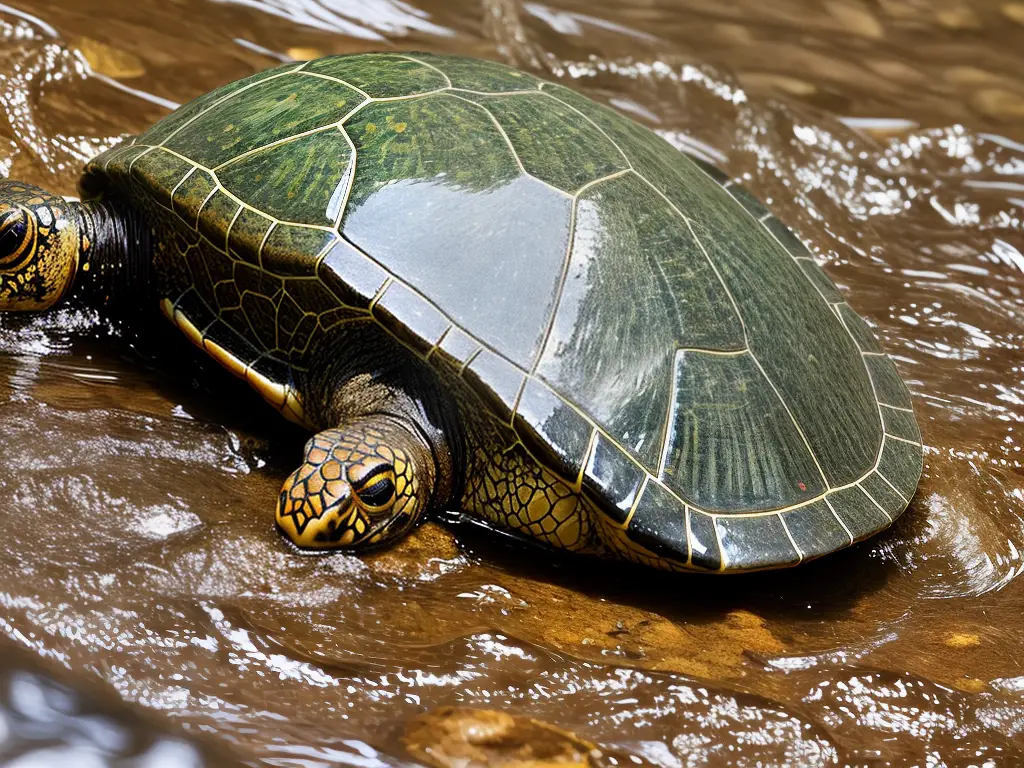
Tortoises: The Land Wanderers
Although not known for their swimming abilities, tortoises are closely related to turtles and worth mentioning. They have distinct, columnar limbs that are adapted for moving on land rather than swimming. While tortoises do need water to drink, they are not built for a life in water and are not skilled swimmers like their turtle relatives.
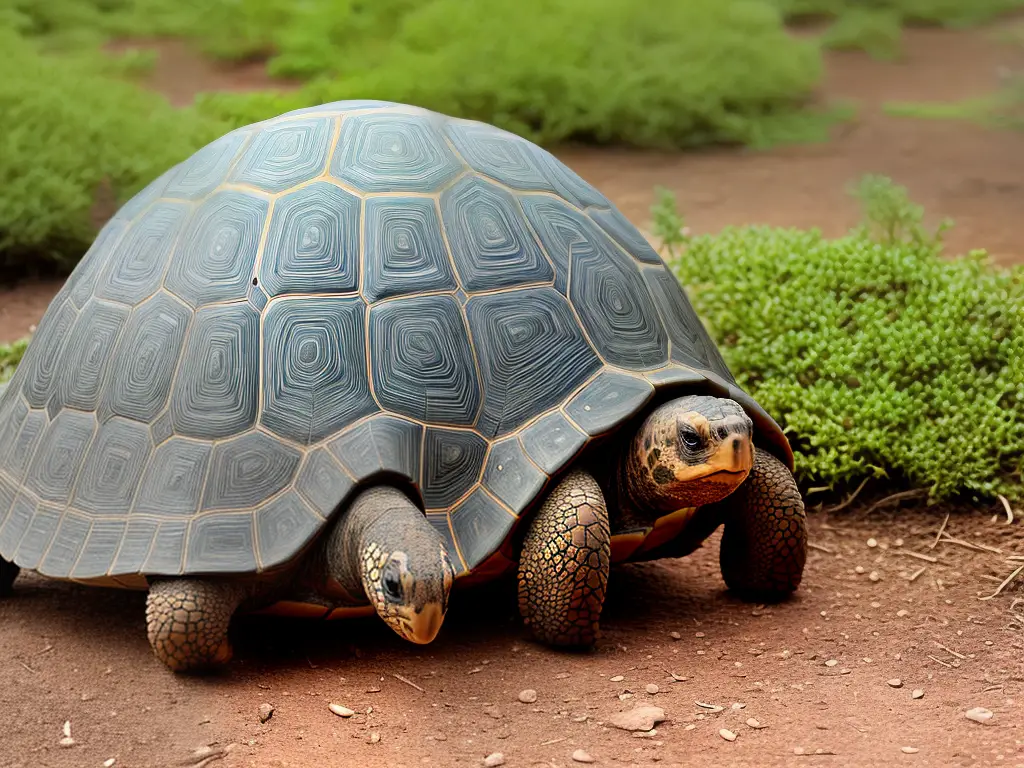
Unique Swimming Techniques
Some turtles have developed special techniques to move through the water. For instance, the green sea turtle can ‘fly’ underwater with its powerful front flippers, giving the appearance of soaring like a bird. On the other hand, snapping turtles use a unique ‘sit-and-wait’ strategy, remaining still in the water and relying on their excellent camouflage to ambush passing prey.
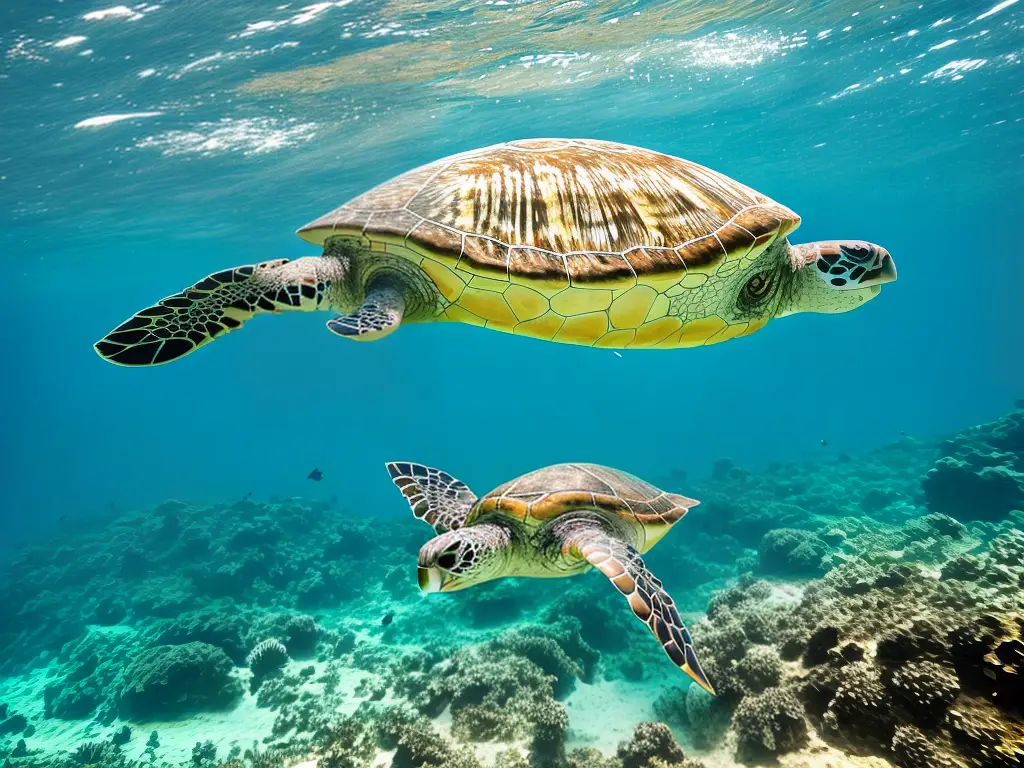
How Turtles Sleep Underwater
After a day of swimming and exploring, turtles need to catch some Z’s. Most turtles sleep underwater for the majority of the night, with some freshwater turtles like the red-eared slider even tucking their limbs into their shells for a comfy snooze! Sea turtles can sleep on the ocean floor or at the water’s surface, and have the ability to hold their breath for hours at a time while they rest.
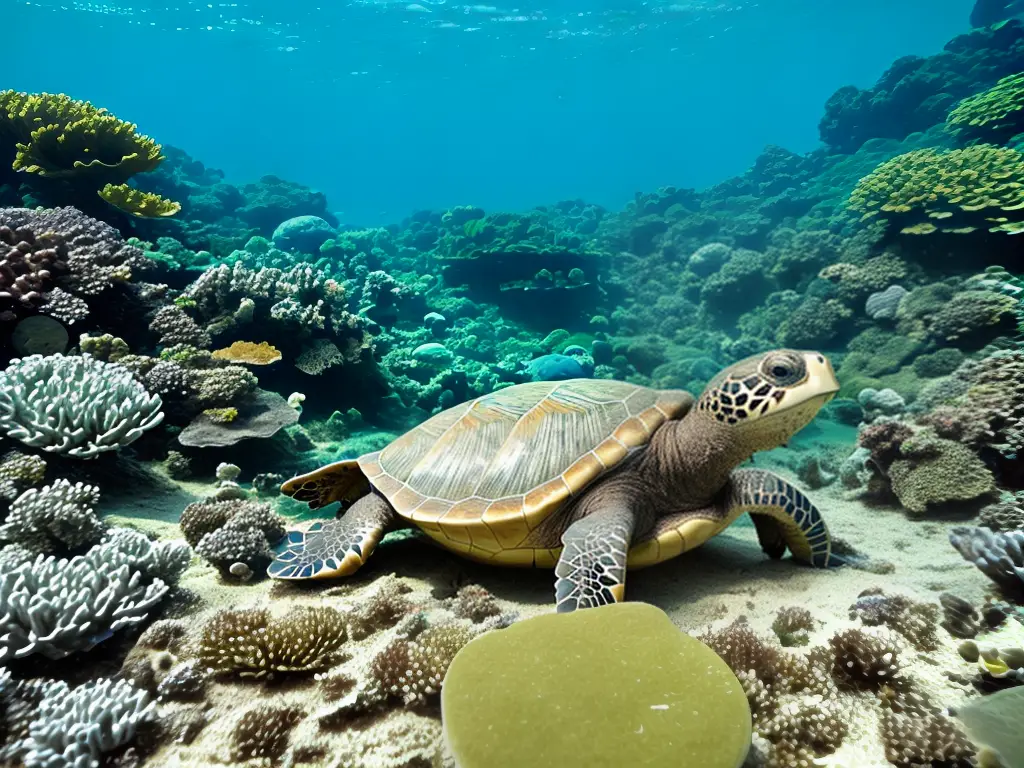
Conclusion
Turtles come in many shapes and sizes, each with their own unique swim patterns and adaptations for life in the water. From sea turtles soaring through the ocean to freshwater turtles paddling calmly in a pond, these incredible creatures never cease to amaze us with their grace and beauty. No matter which type of turtle you encounter, be sure to marvel at the magic of their swim patterns!
